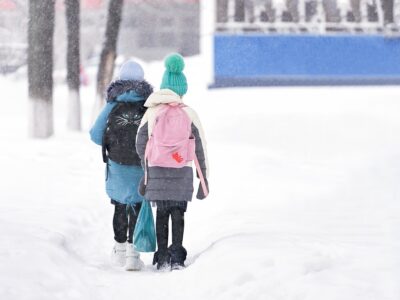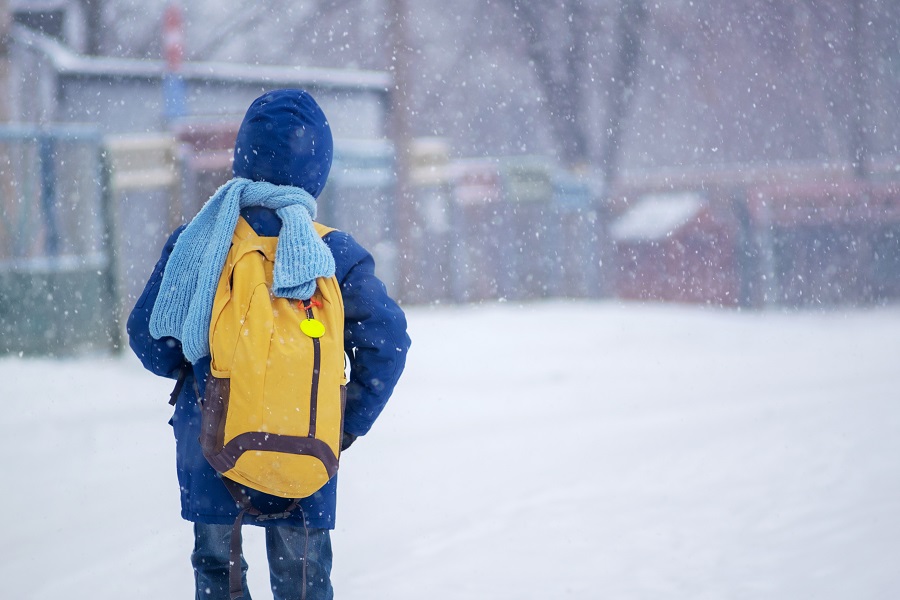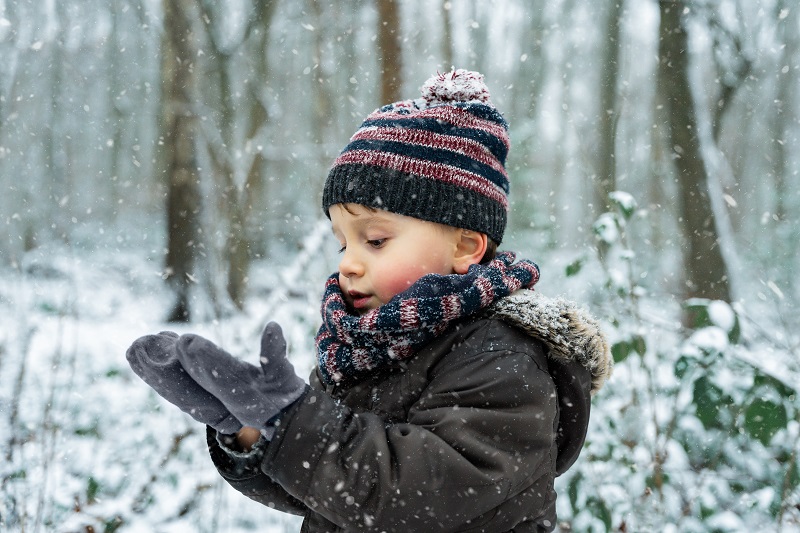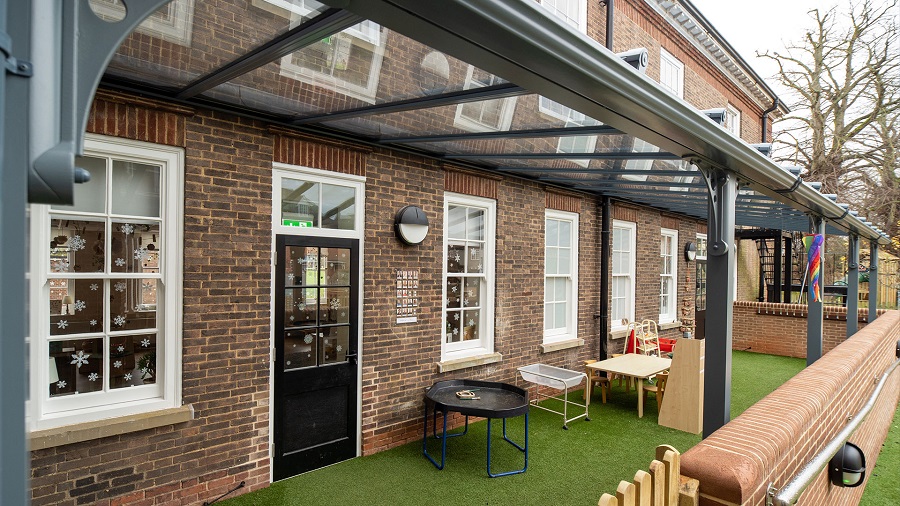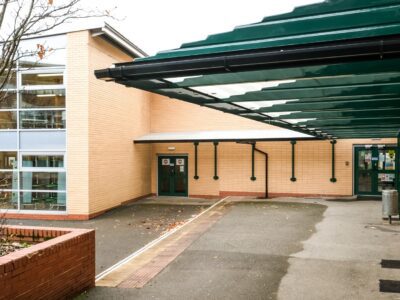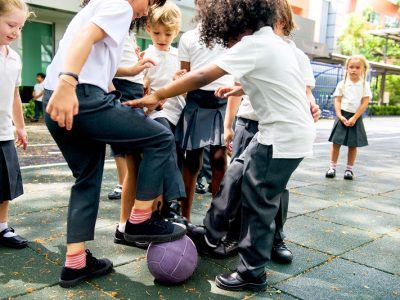School safety tips for cold weather
Posted on | Posted in Education
As winter approaches, schools should be clued up about safety tips for cold weather. Wintry weather conditions can cause problems in schools, from safety concerns like slips and falls to closures in the case of severe weather. Understanding the nuances of winter weather planning and management is important. That’s why we’ve rounded up some of the most commonly asked questions, to equip you with the knowledge and practical strategies you need to stay safe in school this winter.
Keep reading for your guide to cold weather in schools.
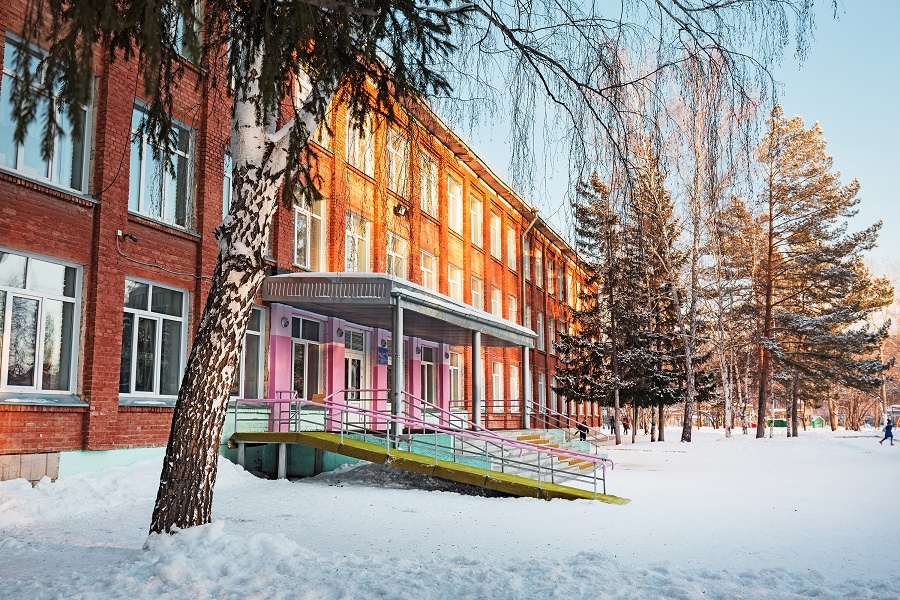
What temperature is too cold in school?
The School Premises (England) Regulations 2012 are the legal requirements that schools must follow. These regulations don’t specify an exact minimum temperature for schools. However, the Workplace (Health, Safety and Welfare) Regulations 1922 apply to all workplaces in the UK, including schools, and there are minimum temperature requirements listed within these regulations. The Workplace Regulations say that all temperatures need to be ‘reasonable’, which they say is usually at least 16°C” (60°F). This applies to all spaces within the school building, including non-teaching spaces.
What are the risks of cold weather for schools?
During the winter months, the cold weather can present a number of risks to the school buildings, students and staff. The risks include:
- Frozen pipes that could lead to water damage
- Heating system failures
- School closures due to heavy snow or ice
- Slippery surfaces outdoors causing a safety risk
- Transport issues for students and staff
- Health risks including frostbite and hypothermia in very cold temperatures
What can schools do to keep students and staff safe in cold weather?
Winter safety procedures should always be in place to keep students and staff safe during the colder months. Here’s what you can do:
Assess the risks
Your winter safety plan should be designed to ensure everyone at school is protected. A thorough risk assessment is a great way to plan around any potential risks. Think carefully about what might happen in the case of excessive snow or ice and how any potentially dangerous situations could be prevented. This includes icy patches in outdoor places, snow sliding off roofs, traffic issues, pipes freezing or power outages. Once you have plans in place for the winter months, make sure they’re shared with students, staff and parents so everyone has full visibility.
Communicate clearly
Make sure you develop clear communication channels with parents – this could include emails, social media or printed school newsletters. Clearly outline what will happen during the event of severe weather so everyone’s clued up. Make sure everyone is educated on best practices throughout the cold months including appropriate clothing and footwear and winter driving safety.
Be prepared
Make sure you stay on top of weather conditions and forecasts so you can be prepared for any severe cold weather, snow or ice. You could establish a team within the teaching faculty who are responsible for monitoring weather and any potential issues. Your winter safety plan should also include practical steps you can take to help increase safety, like gritting and de-icing, having designated sheltered play areas and ensuring safe school transportation.
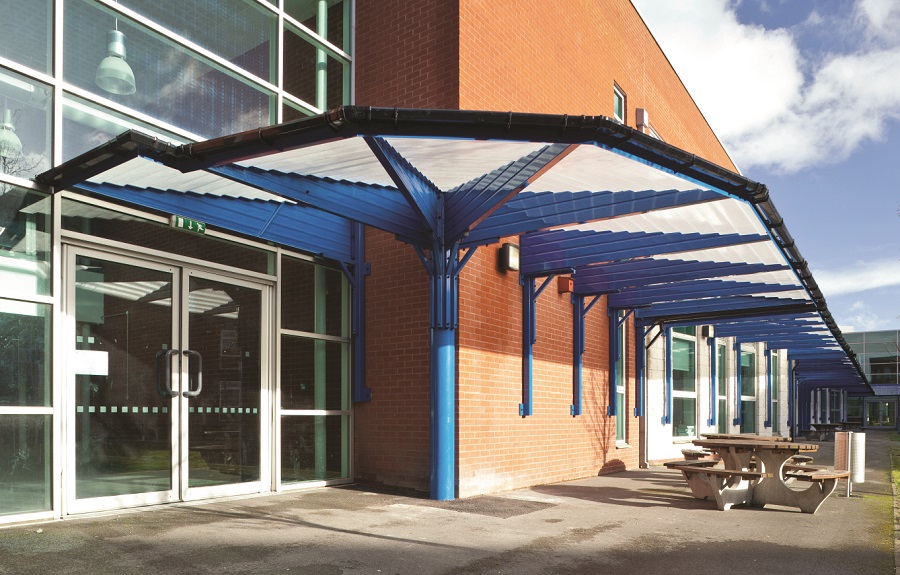
Slip and fall prevention in cold weather for schools
Slip and fall prevention is a key consideration for schools during cold weather in order to ensure the safety of students, staff and visitors. Here are the steps you could take to prevent slips and falls:
- Regularly inspect outdoor areas, walkways and entrances for ice.
- Have a clear schedule for gritting and de-icing outdoor areas.
- Come up with a snow removal plan to make sure entrances, walkways and steps are clear.
- Educate students and staff on the correct winter footwear with tread for good grip.
- Install lights to enhance visibility in darker outdoor areas.
- Install handrails or grab bars on steps or ramps.
- Provide outdoor cover along walkways and entrances with the help of a school canopy.
What should parents do to prepare their children for cold weather at school?
While the responsibility for managing cold weather at schools comes down to the school itself, there are also some steps that parents can take to help ensure their children are prepared for cold weather. This includes the following:
- Encouraging children to dress warmly, with layers they can add or remove depending on the temperature
- Ensuring children have the correct footwear – insulated, waterproof shoes are best
- Stay updated on weather forecasts
- Help educate children on best practices in winter, like being careful around icy surfaces
- Stay informed about the school’s policies and procedures
- Discuss any emergency plans with children and make sure they know who to contact in the event of a schedule change – and ensure contact information is up-to-date with the school
What are the signs and symptoms of hypothermia and frostbite in children?
Hypothermia is an abnormally low body temperature. Signs and symptoms of hypothermia include shivering, tiredness, confusion, memory loss, mumbling or slurred speech, shallow breathing and a weak pulse. If you suspect a child has hypothermia, call emergency services.
Frostbite is an injury caused by freezing and can lead to permanent damage and even amputation in severe cases. Early signs of frostbite include skin that is cold, hard and paler than usual. Pain, tingling, numbness, burning or swelling may also occur. If you think a child has frostbite, contact a medical professional as soon as possible. In the meantime, slowly start rewarming the skin – the best way to do this is with a warm, wet washcloth.
What are the school’s policies on cold weather closures?
There are no set, universal policies on cold weather closures for schools. Each school should have their own, clearly communicated policy. Generally, schools need to try to stay open for as many people as possible if it is safe to do so. If it is safest for a school to close, this needs to be communicated to parents, staff and students through an official communication channel, like a school website, social media platform, or text message or phone call. In instances where remote learning is possible, this could be implemented if it is unsafe to go to school.
Canopies for enhanced winter safety in schools
One great way to boost safety in schools in winter is with the help of a school canopy system. A school canopy offers much-needed sheltered space, ideal for the winter months. They can help protect students, staff and visitors from elements like snow, rain, ice or wind. Here’s a quick look at what’s available to help increase safety in winter:
- Playground shelters
These canopies allow students to spend time outdoors safely, providing a designated sheltered space for breaks and lunchtimes.See our playground shelters - Covered walkways
Using a canopy to create a dry, covered walkway area is a great way to prevent slips and falls, protecting students and staff from slippery surfaces.See our covered walkways - Entrance canopies
Prevent slips and ensure dry entry to schools with an entrance canopy, a solution that’s both practical and inviting.See our entrance canopies - Parent waiting canopies
Weatherproof parents’ waiting times with the help of a canopy that provides shelter at the end of the school day.See our parent waiting canopies
At Canopies UK, we’ve manufactured and installed thousands of canopies for schools around the UK. Our canopies can be 100% tailored to your requirements, with our site-specific calculations guaranteeing a canopy system that works perfectly for you. It all starts with a free site survey to see how we can help. Get yours today.
We hope you found these school safety tips for cold weather helpful. If you’d like to find out more about our range of canopy systems, take a look at our school canopies web page for the information you need. If you’d like to find out more, contact us on 01254 777 002 or info@canopiesuk.co.uk.

